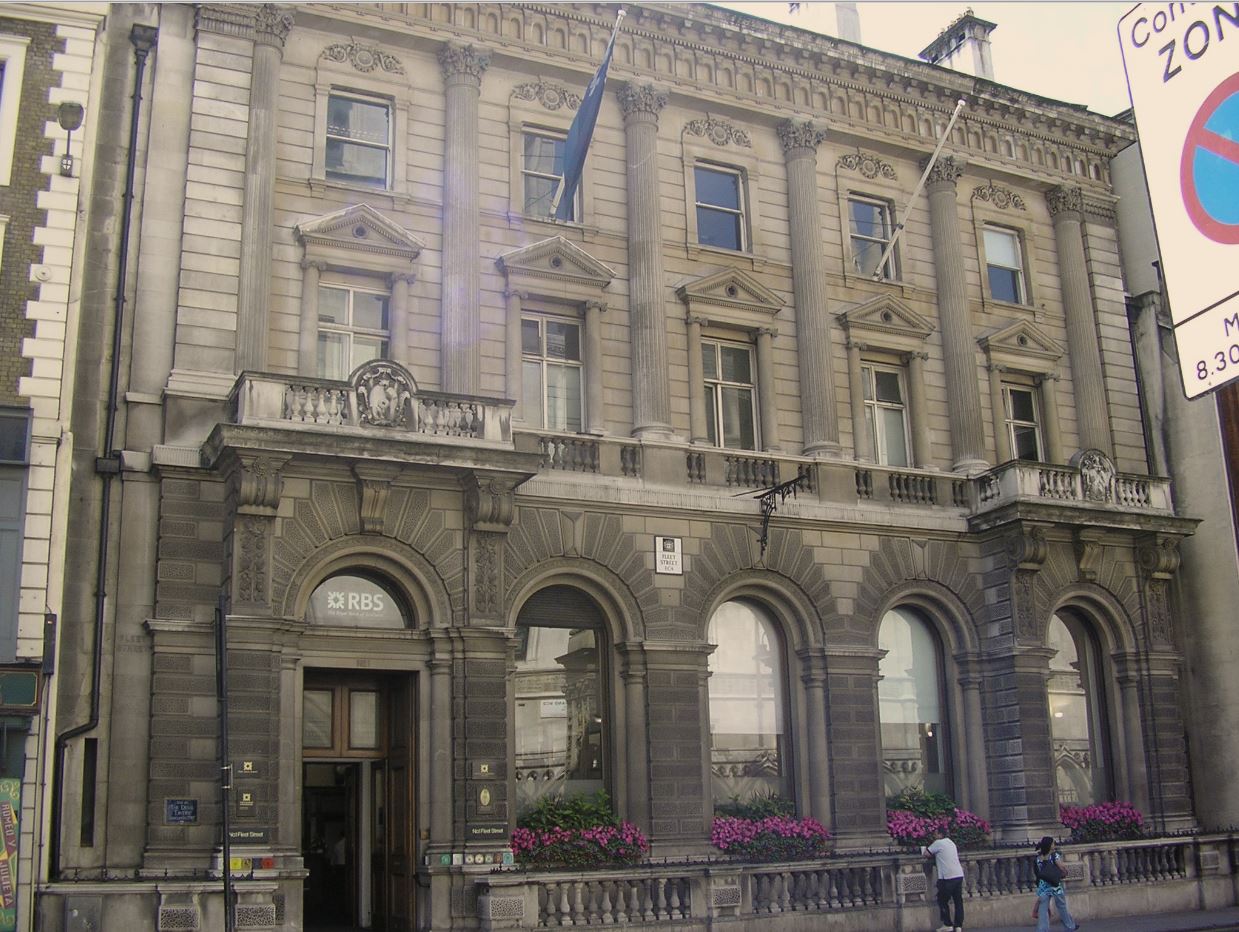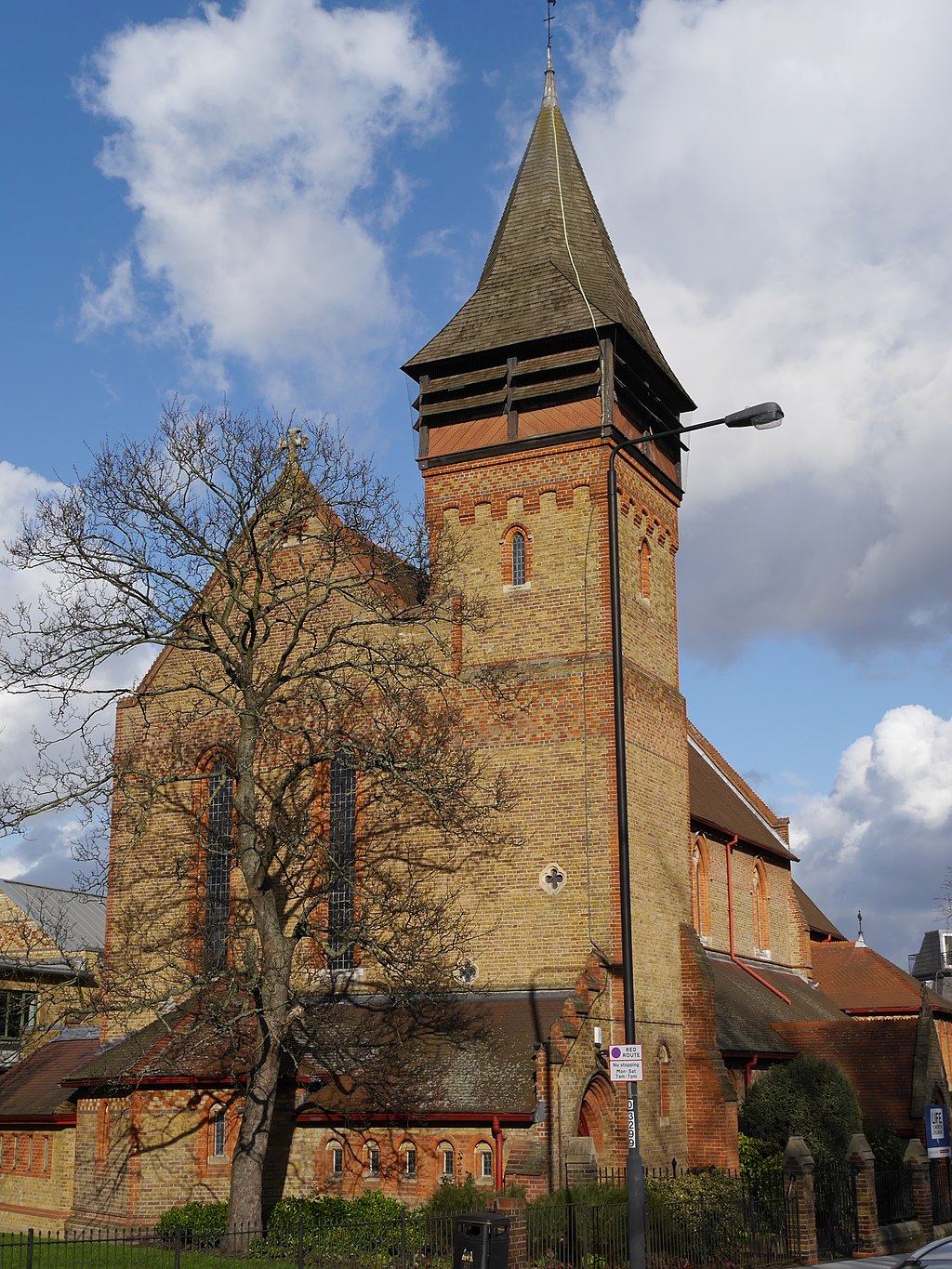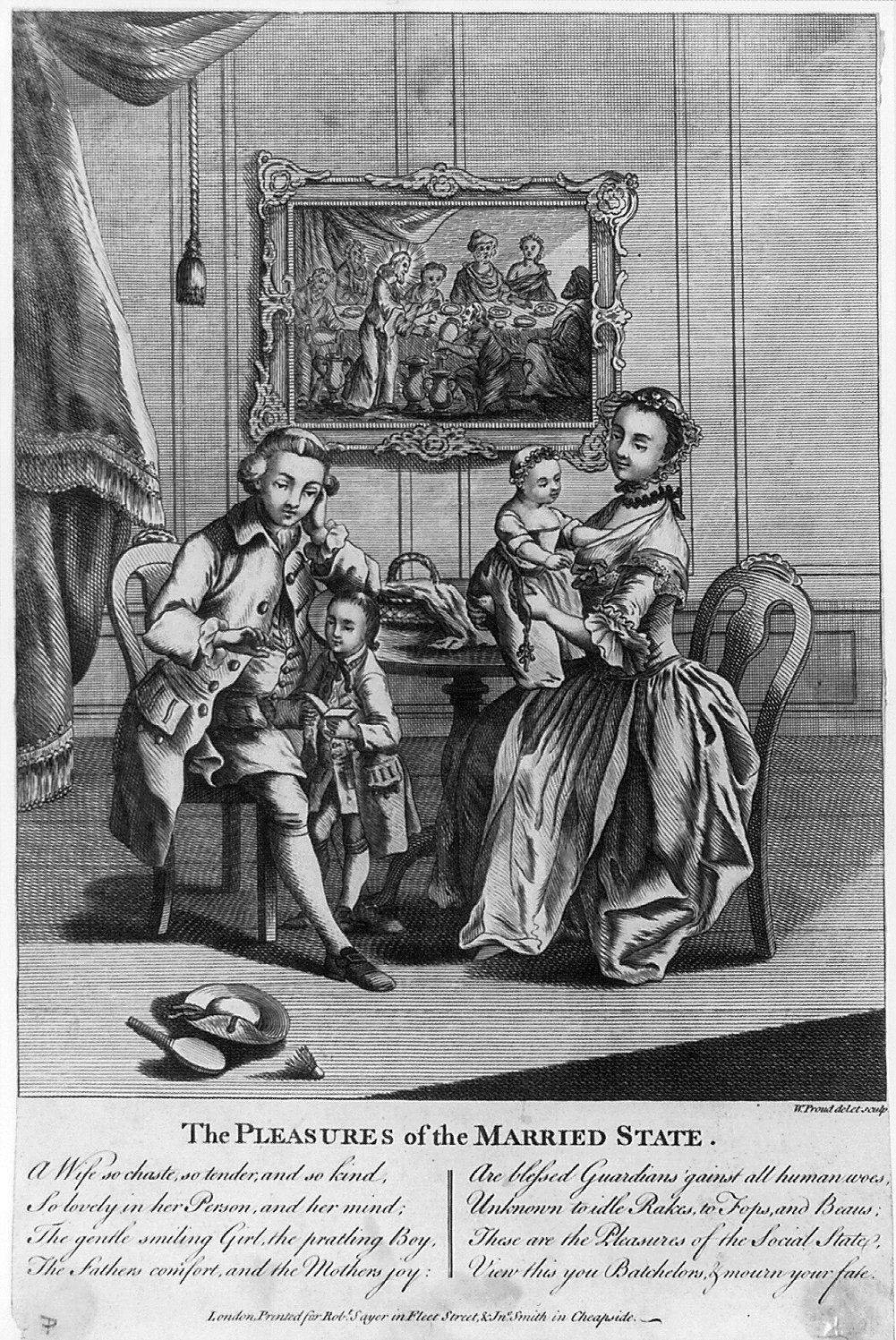
Bank of Scotland at 1 Fleet St London – formerly Child’s Bank
This is the story of two inheritances, two families and two young people living in a world of wealth and hard business.
It all began with the death of Francis Child on 23 September 1763. It was a tragic cutting short of a potentially illustrious life. Francis was the nephew of Francis Child, founder of Child’s Bank. Born into a family of wealthy goldsmiths and bankers, Francis junior went into the family business early. At the age of twenty six in 1761 he was worth more than two hundred thousand pounds and at that age he became the Member of Parliament for Bishop’s Castle in Shropshire – but he lived in London.
Two years later he was engaged to a wealthy heiress named Mary Constance Trevor and owned a large estate called Osterley. But in that fateful summer in Buckinghamshire he was struck down in some unknown manner. It quickly became clear that he was going to die.
The Scots Magazine of 5 November 1763 reported his death.
At Hampden, Buckinghamshire, Francis Childs Esq; Banker in London, Member for Bishop’s Castle. When he found himself in imminent danger, he made a verbal will as follows. “I give to my brother all estates at Osterley and Upton, and all my other property, excepting 50,000 pounds, to Miss Trevor [only daughter of the Honourable Robert Trevor Hampden … to whom he was to have been married the Thursday after]. 20,000 pounds to Mr Thomas Devon, and 20,000 pounds to Mr Robert Lovelace [his two partners]. He attempted to say more, but could not get the words out.
From The Scots Magazine 05 November 1763, ‘Marriages etc’ page 56.
A suspicious modern mind might be inclined to ask questions about this sudden death, verbal will, and the number of people who benefited. But at the time no one batted an eyelid. Of greatest relevance to this blog is the two lots of 20,000 pounds bequeathed to Devon and Lovelace, partners with Francis Child in the banking business.

St Mark’s Church at Battersea Rise, Clapham By Edwardx (Own work) [CC BY-SA 3.0 (https://creativecommons.org/licenses/by-sa/3.0)], via Wikimedia Commons
The unmarried adult children of all those wealthy magnates created a social scene all their own, with dances, balls, picnics and concerts. They were a new sophisticate, the highly educated children of less cultured, semi-educated parents.
It’s all gone now, apparently nothing remains of their mansions at all.
As banking partners in Child’s Bank and as practicing goldsmiths in a thriving economy, Robert Lovelace and Thomas Devon were both financially comfortable even before the receipt of the Childs money. But now they were rich. Robert and his wife Eliza had a family of seven children. I have only located two surviving children for Thomas and his wife Ann at the time of Francis Childs’ death.
At the time of moving into their new mansions, presuming they took a few years to build, Ann Lovelace, fifth child of Robert and Eliza Lovelace, would have been aged about 11.
Thomas Devon barely had time to sleep in his new home. He died in April 1767. All his wordly possessions, and it seems his position in the banking partnership, went to his eighteen year old son George Barker Devon.
It may have been a fond fancy of Thomas Devon that his son might marry a daughter of his business partner and friend Robert Lovelace. That sort of thing happened a lot in those days. Young George may even have given such a verbal promise at his father’s deathbed in the heat of the emotional parting. He was young and stepping into big shoes. I have a lot of sympathy for George. It was a big ask of a youngster whose social world was one of leisure and comfort.
George Barker Devon was now an extremely eligible bachelor. I cannot be sure, but given the marriage bond, the license agreement and later events, I can’t help feeling that he was pressured into this marriage somehow. He may have promised, but he was too young to know what that promise really meant. The same goes for Ann.
Maybe it had nothing to do with money. Perhaps the two fell in love and the marriage was their own wish. Maybe.
They might have been two spoilt young people used to getting whatever they wanted.

The Morning Walk (Portrait of Mr and Mrs William Hallett), 1785. By Thomas Gainsborough – Websearch, Public Domain, https://commons.wikimedia.org/w/index.php?curid=3063152 . (Note: Mr and Mrs Halllett were probably not spoilt youngsters)
On 27 April 1773, 23 year old George Barker Devon and 19 year old Ann Lovelace were married in Battersea by license. The marriage bond was signed on 14th April 1773 by George Barker Devon, Goldsmith, and Robert Lovelace, Goldsmith of Battersea. Robert gave consent to the marriage of his daughter, a minor. The witnesses were Richard Harris Lovelace, brother to the bride, and Ann Devon, probably the mother of the groom unless there was a sister I haven’t found yet.
The happy couple settled somewhere in the parish of St Dunstan’s in Middlesex. George Barker Devon began working with a new banking partner, William Willis.
Matilda Maria Devon was born in 1775. Harriet was born about two years later. Just the two children.

Married State Circa 1780. By W. Proud [Public domain], via Wikimedia Commons https://commons.wikimedia.org/wiki/File%3AMarried-state-ca1780.jpg
Miss Elizabeth Willis, daughter of the banker William Willis, had a son in about 1782 to George Barker Devon.
I would love to know what occurred now. What did Ann do? Did she refuse to accept his betrayal, take her children and fly to her parents’ home in Clapham? In that era she had no legal right to her own children. Did she forgive him to no purpose? Were there other extramarital children that haven’t been found?
The end result however it came about was that George purchased a new mansion and moved in with Elizabeth. Ann and her two daughters went back to the Lovelace home in Clapham.
George and Elizabeth had nine children together, in all. Once they were together, George settled down to a lengthy public career. He was the Remembrancer of First Fruits for several years. He continued as a banker. His daughters with Elizabeth made good marriages and his sons made excellent careers for themselves as military officers or businessmen. There is no indication of flightiness in George from this time on. Elizabeth was known in society as Mrs Elizabeth Devon, despite the absence of marriage. It’s likely that within five years, nobody outside the family circles remembered that there had ever been a first wife.

‘Lady Reading in an Interior’ by Marguerite Gérard [Public domain] ca 1796, via Wikimedia Commons https://commons.wikimedia.org/wiki/File%3AMarguerite_G%C3%A9rard_-_Lady_Reading_in_an_Interior_-_WGA8609.jpg
Ann had the money to travel and to live comfortably, but she does not appear in a public record again, only in wills. She was still married so she could not have another husband. She had her two daughters and seems to have devoted herself to them. Her love of her daughters emerges in the wording of Ann’s own will in 1833, written in her own handwriting. But at this time – she seems to have lived a very quiet life. Whether she was happy we do not know.
But her father Robert Lovelace – he was livid! To the end of his days he never forgave George Barker Devon for his actions. The rift between the families was permanent.
Also, in George Barker Devon’s will many years later there is no mention of his daughters to his first wife. It’s as if that part of his life never happened. Yet it seems that George’s sons with Elizabeth Willis knew of their nephew, the son of Harriet Devon and assisted him in his own military career later on.
So to the will that this blog is actually about – the will of Robert Lovelace 1796 (National Archives of London Catalogue Reference: Prob 11/1275) :
I, Robert Lovelace of Temple Bar London, Esquire, do make and publish this my last Will and Testament in manner following:
I will and bequeath to my daughter Ann the wife of George Barker Devon Esquire the sum of five hundred pounds to be paid to her within three months next after my death by my Executor for her sole and separate use and not to be subject to the debts or control of her husband, and my will is that [the recipient’s?] state shall be a sufficient surcharge to my executor. I bequeath to my daughter Dame Elizabeth Stachan the wife of Joseph Walton the annuity of one hundred pounds mentioned in her settlement previous to her last marriage according to the true intent and meaning thereof. I give and bequeath unto my son Richard Lovelace an annuity or yearly sum to be paid …
and so it goes on into the distribution of his estates to other family members. He references trusts with Robert Childs and also a painting of Francis Child bequeathed to his eldest son Robert Lovelace. The condition of the original will is not great and the handwriting is difficult too. It looks as though he was stingy with Ann, but Richard Lovelace’s will decades later makes clear that he was managing an amount intended for the maintenance of Ann. Presumably this was to ensure that the recalcitrant husband could not make a claim.
It was purchasing this will that set me on the trail to solving the mystery of George Barker Devon’s marriage to Ann Lovelace but regular baptisms of children with Elizabeth Willis. There are still mysteries.
But what a story to find in one’s tree!